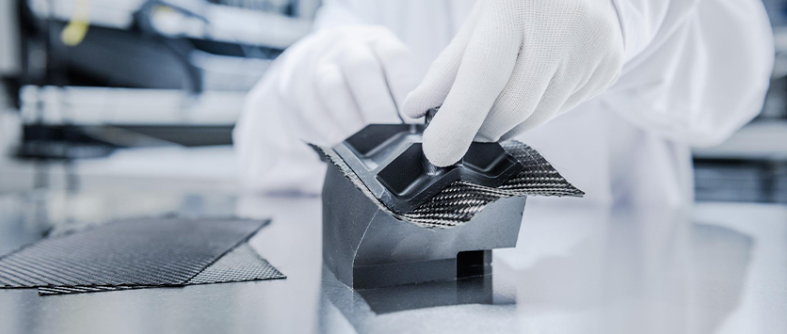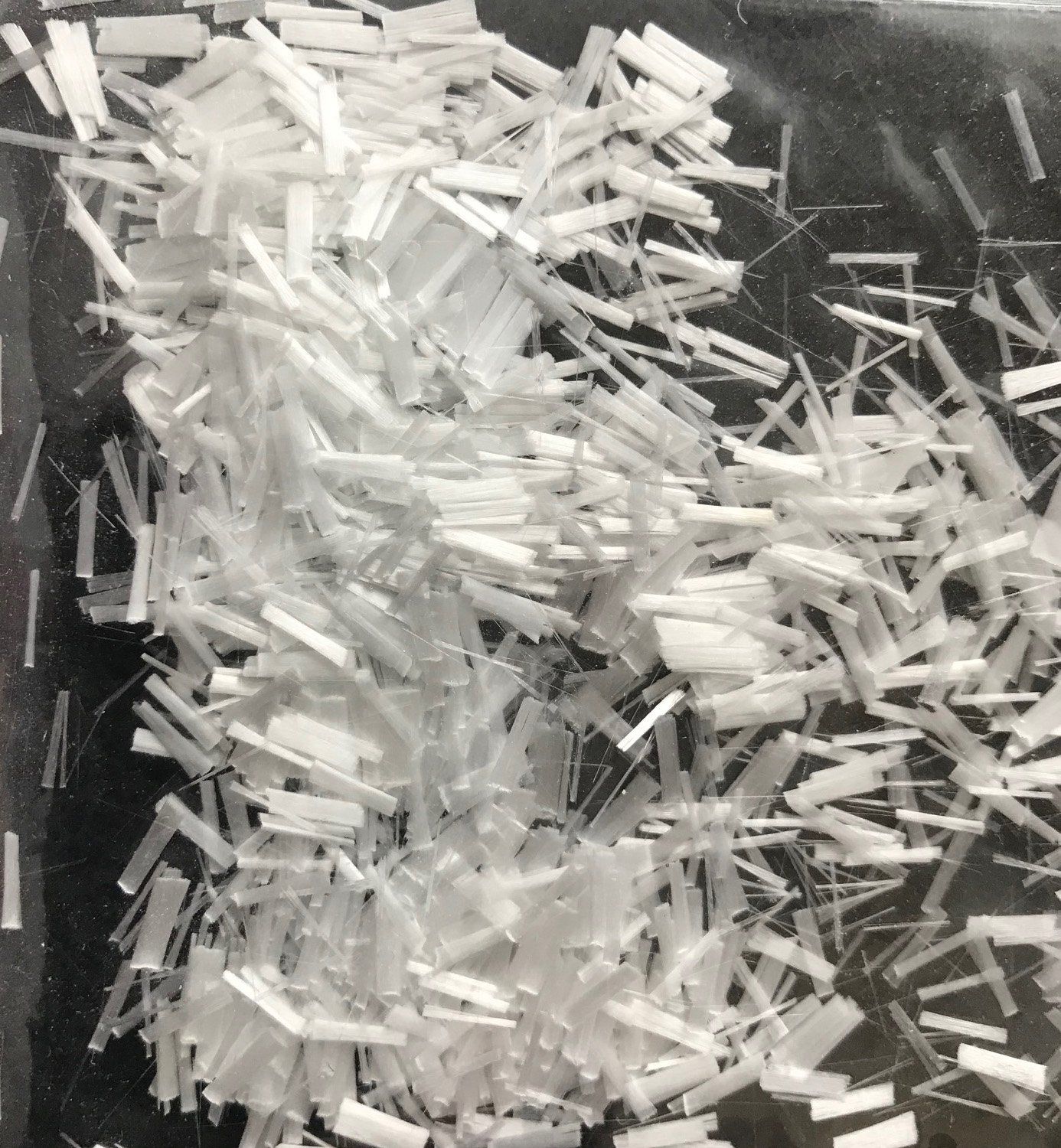What are thermoplastic composites?
In recent years, fiber-reinforced thermoplastic composite materials based on thermoplastic resin have developed rapidly, and there is a climax of research and development of such high-performance composite materials worldwide. Thermoplastic composite materials refer to thermoplastic polymers (such as polyethylene (PE), polyamide (PA), polyphenylene sulfide (PPS), polyetherimide (PEI), polyether ketone ketone (PEKK) and polyether Composite materials made of ether ketone (PEEK) as the matrix and various continuous/discontinuous fibers (such as carbon fiber, glass fiber, aramid fiber, etc.) as reinforcing materials.
Thermoplastic resin-based composites mainly include long fiber reinforced pellets (LFT) continuous fiber reinforced prepreg tape MT and glass fiber reinforced thermoplastic composites (CMT). According to different application requirements, the resin matrix includes PPE, PAPRT, PELPCPES, PEEKPI, PA and other thermoplastic engineering plastics, and the fiber types include all possible fiber varieties such as glass dry fiber, xylarne fiber and boron fiber. With the maturity of thermoplastic resin-based composite material science and technology and the development of recyclable materials, the composite materials of this type have developed rapidly, and thermal composite materials in developed countries in Europe and the United States have accounted for more than 30% of the total amount of tree-based composite materials.
thermoplastic matrix
Thermoplastic matrix is a thermoplastic material with good mechanical properties and heat resistance, which can be used to manufacture various industrial products. The thermoplastic matrix is characterized by high strength, high heat resistance and good corrosion resistance.
The thermoplastic resins currently used in the aerospace field are mainly high-temperature resistant, high-performance resin matrices, including PEEK, PPS and PEI. Among them, amorphous PEI has more applications in aircraft structures than semi-crystalline PPS and high molding temperature PEEK due to its lower processing temperature and processing cost.
Thermoplastic resins have better mechanical properties and chemical corrosion resistance, higher service temperature, high specific strength and hardness, excellent fracture toughness and damage tolerance, excellent fatigue resistance, and the ability to mold complex geometries and structures , Adjustable thermal conductivity, recyclability, good stability in harsh environments, repeatable molding, solderable and repairable, etc.

Composite materials composed of thermoplastic resins and reinforcing materials have durability, high toughness, high impact resistance and damage tolerance; fiber prepregs do not need to be stored at low temperature, unlimited prepreg storage period; short molding cycle, weldable, production efficiency High and easy to repair; waste products can be recycled and reused; product design has a large degree of freedom, can be made into complex shapes, and has many advantages such as wide molding adaptability.
Reinforcement material
The performance of thermoplastic composites not only depends on the properties of resin and reinforcing fibers, but also is closely related to the way of fiber reinforcement. The fiber reinforcement of thermoplastic composites has three basic forms: short fiber reinforcement, long fiber reinforcement and continuous fiber reinforcement.
Generally speaking, the length of short-fiber reinforced fibers is 0.2~0.6mm, and since the diameter of most fibers is less than 70μm, short-fibers look more like powder. Short fiber reinforced thermoplastics are generally manufactured by blending fibers into molten thermoplastic. The length and random orientation of the fibers in the matrix make it relatively easy to achieve good wetting, and short-fiber composites are the easiest to fabricate but offer the least improvement in mechanical properties compared to long-fiber and continuous-fiber reinforcements. Short fiber composites tend to be molded or extruded to form the final part because the short fibers have less impact on flow.

The fiber length of long-fiber reinforced composites is generally about 20 mm, and is usually prepared by cutting the continuous fiber into a certain length after impregnating the resin. The generally used process is the pultrusion process, which is produced by drawing a continuous roving mixed with fibers and thermoplastic resins through a special forming die. At present, the structural performance of long fiber reinforced PEEK thermoplastic composites through FDM printing can reach more than 200MPa, and the modulus can reach more than 20GPa, and the performance of injection molding will be better.
The fibers in continuous fiber reinforced composites are “continuous”, ranging in length from a few meters to thousands of meters. Continuous fiber composites generally provide laminates, prepreg tapes or braids, etc., by impregnating them with the required thermoplastic matrix. continuous fiber formation.
What are the characteristics of composite materials reinforced with fibers
Fiber-reinforced composite materials are composite materials formed by reinforcing fiber materials, such as glass fiber, carbon fiber, aramid fiber, etc., and matrix materials through winding, molding or pultrusion. According to different reinforcing materials, common fiber reinforced composites are divided into glass fiber reinforced composites (GFRP), carbon fiber reinforced composites (CFRP) and aramid fiber reinforced composites (AFRP).

Because fiber reinforced composite materials have the following characteristics: (1) high specific strength and large specific modulus; (2) material properties can be designed: (3) good corrosion resistance and durability; (4) thermal expansion coefficient and concrete similar. These characteristics enable FRP materials to meet the needs of modern structures that are large-span, high-rise, heavy-duty, light-weight and high-strength, and work under harsh conditions. It is used in various civil buildings, bridges, highways, oceans, hydraulic structures and underground structures.
The development prospect of thermoplastic composite materials is great
According to the report, the global thermoplastic composites market size is expected to reach USD 62.62 billion by 2030, at a CAGR of 7.8% during the forecast period. This growth can be attributed to growing product demand from the aerospace and automotive industries and exponential growth in the construction industry. Thermoplastic composites are used in the construction of residential buildings, infrastructure and water supply facilities. Properties like excellent strength, toughness, and the ability to be recycled and reshaped make thermoplastic composites ideal for manufacturing in construction applications.

Thermoplastic composites will also be used to produce storage tanks, lightweight structures, window frames, utility poles, railings, pipes, panels and doors. The automotive industry is one of the key application areas. Manufacturers are focusing on improving fuel efficiency, and to do so, they are replacing metal and steel with lightweight thermoplastic composites. For example, carbon fiber is one-fifth the weight of steel, so it helps reduce the overall weight of the vehicle. According to the European Commission, the carbon emission cap target for vehicles will be raised from 130 grams per kilometer to 95 grams per kilometer by 2024, which is expected to increase the demand for thermoplastic composites in the car manufacturing industry.











